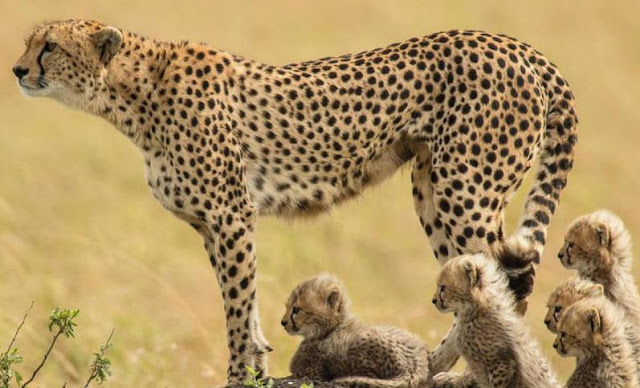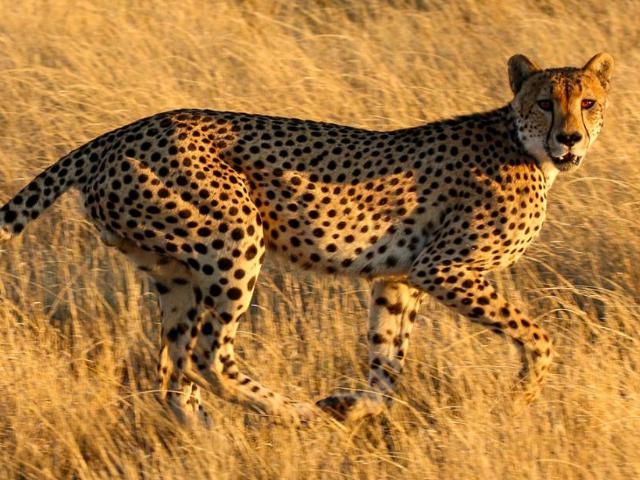Indian Officials Optimistic
Cheetahs are housed in smaller enclosures, the one shown on televisions sets when PM Narendra Modi released them on his birthday on September 17. After one month, they are likely to be released in a bigger enclosure. In another one month or so, they will be released in a 5 sq km enclosure with the prey like spotted deer or cheetal ,nilgai or the blue bull among and wild boar. The cheetah will be able to run and kill the herbivore as the experts monitor their sprint. SP Yadav, member secretary of National Tiger Conservation Authority (NTCA) and additional director general of Forests in India said, “We will keep reviewing their movement. The biggest issue is their adaptation and acclimatization”. He also said that a task force is being constituted to review the situation periodically. The task before the task force would be to monitor their behavior and how they become used to the conditions in Kuno , the social behavior of cheetahs, how far they run after their release in the wild and whether they have a tendency to reach near the human habitat.
Also read: Cheetah in Kuno National Park, Real Challenge Begins Now
Sanguine of success, SP Yadav said, “It is a long term conservation programme and I am sure it will succeed.” Some Indian conservationists including Ravi Chellam and environmentalists like Valmik Thapar are skeptical. Chellam’s famous quote that “it is a vanity project” is still echoing in international media. Recently New Scientist, an international magazine covering all aspects of science and technology, writes, “it ( cheetah translocation project) is unlikely to succeed because the habitat provided is inadequate, scientists warn .” But Officials like Yadav and Yadvendradev Vikramsinh Jhala are more optimistic. Jhala said, “Kuno National Park has adequate space, ample prey and less pressure from the human population, all keys to the cheetah’s survival. Like African parks, Kuno is not fenced and there are villages on the edge of the park.
Tourism Not Priority
In the next few years, India anticipates a capacity population of 20 to 21 cheetahs in Kuno National Park. Yadav said, “ In about 5 to 10 years , the cheetah population will be established in Kuno national park which has a carrying capacity of 20 to 21 cheetahs.” An MoU with South Africa is likely to be signed sometime in the third week of next month. Cheetahs from South Africa can only be translocated after the quarantine period of the present lot of cheetahs from Namibia expires on October 17 2022. No cheetah will be translocated in any other park of India for atleast the next five years. This would only be possible after the cheetah population in Kuno is consolidated and established . Only after reviewing them, the decision to send cheetahs to Gandhi Sagar sanctuary in Neemuch and Nauradehi in Madhya Pradesh and Mukundara in Rajasthan will be possible. Besides, there will be no tourism in Kuno for atleast a year.
Also read: 7000 Cheetahs , 700 Lions: A Tale Of Misplaced Priority
There will be no cheetah safaris in Kuno for atleast 6 months to a year, officials of the MoEF&CC confirmed. “ Tourism is not our priority . Our priority is conservation”, they said. After the cheetah release on September 17, not even the officials of the state forest department in MP including the park director of Kuno or those from MoEF&CC have visited the cheetah enclosures. Only Namibian experts trained by Laurie Marker of Cheetah Conservation Fund accompanied by some veterinarians have access to cheetahs, that too in a hiding from watch towers.
Representational Images courtsey WWF




